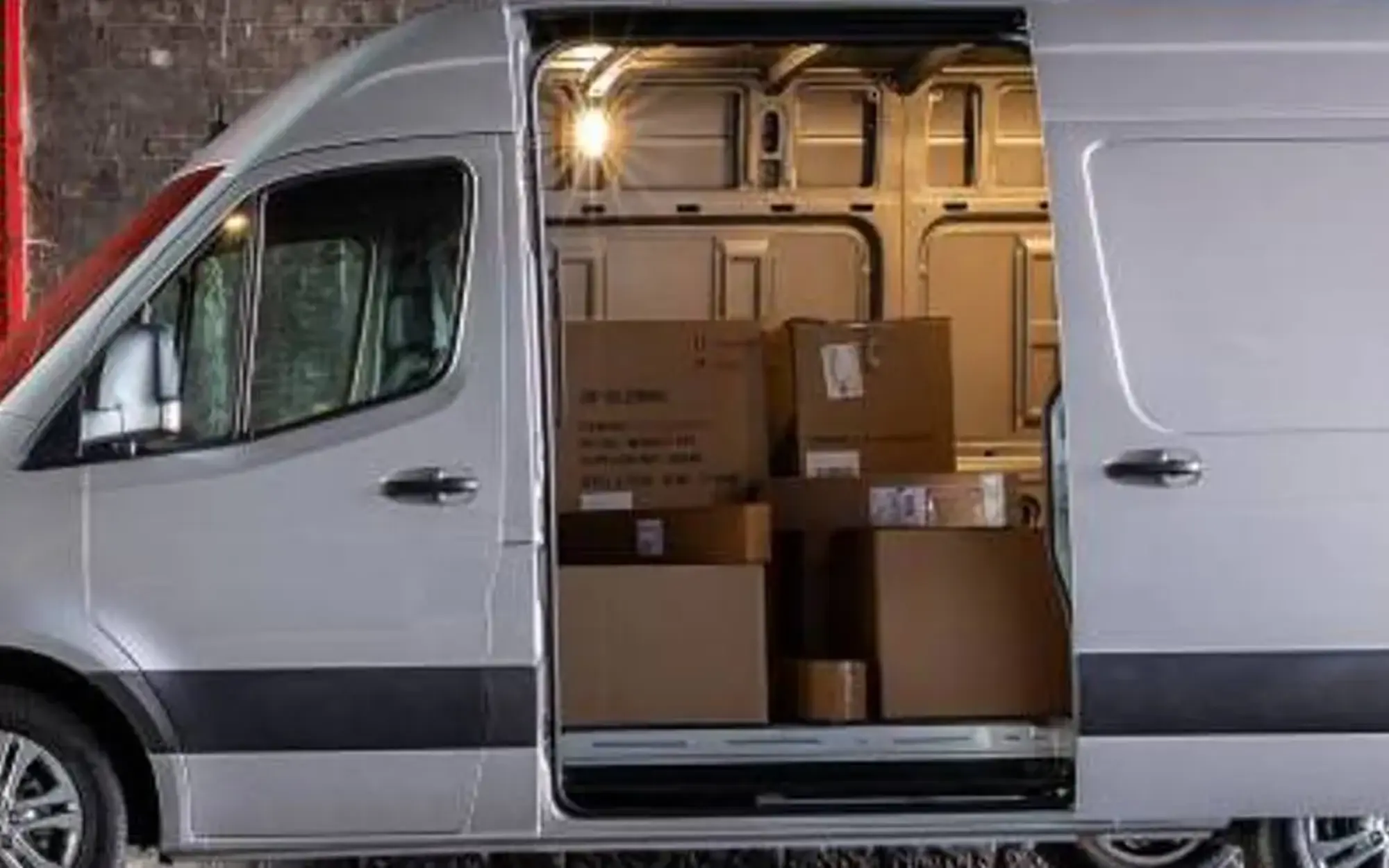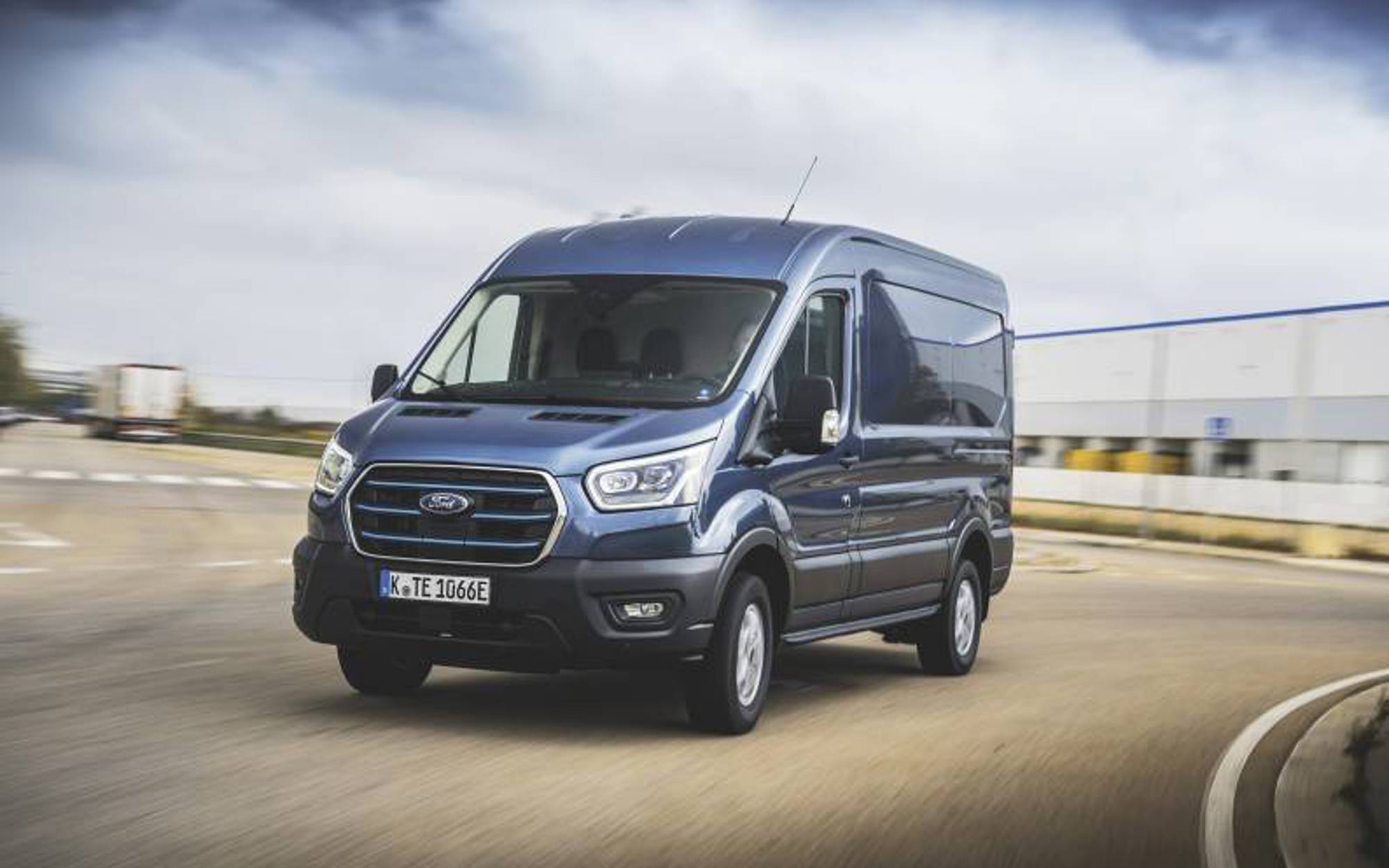
BMW 330e review
BMW's plug-in hybrid 330e model combines a 2.0-liter petrol engine with an electric motor and a larger battery, resulting in a powerful and efficient package.
BMW's plug-in hybrid 330e model combines a 2.0-liter petrol engine with an electric motor and a larger battery, resulting in a powerful and efficient package. Available as a saloon or estate (Touring) with the option for xDrive all-wheel drive, this updated version boasts refreshed looks and an upgraded interior.
For those seeking advanced engine technology without a futuristic appearance, BMW's 330e Plug-in hybrid offers a subtle yet impressive choice. This Bavarian offering provides up to 37.3 miles of electric driving range when charged, translating to impressive stats like 217.3mpg on the WLTP combined cycle and as low as 30g/km of CO2 emissions. Even with the Touring body style, these figures remain commendable. BMW's engineering prowess shines, making the 330e an intriguing option.
Driving Experience
This updated 330e retains its original engineering, which proves more than sufficient. Compared to its predecessor, this 'G20'-generation model offers a substantial improvement in all-electric range, thanks to a larger 12.0kWh battery. With around 39 miles of emission-free driving range, daily commutes can often be completed without using any fuel. The hybrid system combines a 184hp 2.0-liter petrol engine from the 320i with an electric motor featuring an 'XtraBoost' function, pushing power to 292hp and accelerating the car from 0 to 62mph in just 5.8 seconds. While the hybrid system slightly affects maximum speed, it still reaches 143mph. The option for xDrive all-wheel drive is available.
Design and Build
The 330e doesn't scream "hybrid" visually, making it an appealing choice for those who want advanced technology without drawing attention. Distinguishing features include a side panel charging flap. The update introduces visual enhancements for both the Saloon and Touring estate models. The front end receives slimmer LED headlights, a redesigned grille, and gloss black brake cooling vents. M Sport variants sport a hexagonal lower air intake, while the rear showcases reshaped bumpers and color-coded elements.
The interior sees significant improvements, adopting the curved instrument panel from the iX luxury EV. This includes a 12.3-inch digital gauge cluster and a 14.9-inch infotainment screen with the latest iDrive interface, offering real-time mapping, parking assistance, and wireless smartphone mirroring.
Practicality and Pricing
The 330e comes in saloon and Touring estate versions, with rear-wheel or xDrive all-wheel drive. Starting at approximately £47,500, two trim levels are offered: 'Sport' and 'M Sport'. xDrive incurs an extra cost of around £1,550, while the Touring body style adds £1,500. Standard features include 'BMW Live Cockpit Plus' with cloud-based BMW Maps and over-the-air updates, as well as 'Intelligent Personal Assistant' voice control. Safety options consist of the 'Driving Assistant Professional' pack with Active Cruise Control and lane-keeping features.
Cost Efficiency
Despite the absence of government incentives, the 330e remains a strong contender. Its 12.0kWh battery nearly doubles the electric range to 37.3 miles and raises the electric top speed to 68mph. Charging time ranges from around 2.5 hours with a 7kW garage wallbox to under 5.5 hours with a domestic socket. While real-world MPG and CO2 figures may differ from official stats, the government's belief in these figures leads to attractive tax benefits, making the 330e a cost-efficient choice.
Pros:
-
Impressive Hybrid Powertrain: The BMW 330e features a combination of a 2.0-liter petrol engine and an electric motor, delivering powerful performance and efficiency.
-
Extended Electric Range: With a larger 12.0kWh battery, the 330e offers up to 37.3 miles of all-electric driving range, making it suitable for daily commutes without using any fuel.
-
Efficient Fuel Economy: The hybrid system's capabilities translate into exceptional fuel economy, with reported figures of up to 217.3mpg on the WLTP combined cycle.
-
Low Emissions: The 330e emits as little as 30g/km of CO2 emissions (WLTP-rated), resulting in attractive tax benefits and low running costs.
-
Subtle Design: The 330e's design is discreet and not overtly hybrid, making it a suitable choice for those who prefer a more traditional appearance.
-
Updated Interior: The cabin features a new curved instrument panel, advanced digital displays, and the latest iDrive interface with enhanced media functionality and smartphone mirroring.
-
All-Wheel Drive Option: The xDrive variant offers all-wheel drive capabilities, enhancing traction and stability in various driving conditions.
-
Variety of Options: The 330e is available in both saloon and Touring estate versions, providing flexibility to choose the body style that suits your needs.
-
Standard Safety Features: Standard safety features include 'BMW Live Cockpit Plus' with cloud-based BMW Maps, over-the-air updates, and an 'Intelligent Personal Assistant' voice control system.
Cons:
-
Higher Starting Price: The starting price of the BMW 330e is relatively higher compared to non-hybrid counterparts, reflecting the advanced technology and capabilities.
-
Limited Electric Top Speed: The electric top speed of 68mph might be limiting for some motorway driving situations.
-
Reduced boot Space: The saloon version's boot space is reduced by 105 liters compared to conventional 3 Series models, which could impact practicality for some users.
-
Charging Time: While the 330e offers relatively quick charging times with a wallbox, using a standard domestic socket results in a longer charging time.
-
Real-World Efficiency: Achieving the official fuel economy and emissions figures in real-world driving scenarios might be challenging.
The enhanced 330e strikes a balance between practicality and innovation. Its extended electric range, improved cabin, and advanced technology contribute to its appeal, albeit at a slightly higher cost. For those considering a well-equipped diesel version of the BMW 3 Series, the 330e emerges as a compelling alternative, as evident from the strong demand for this variant.




